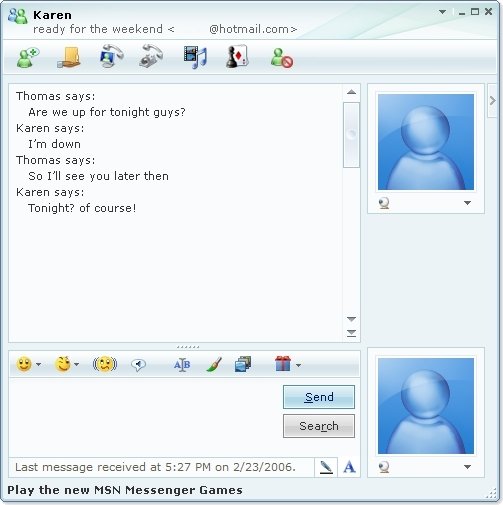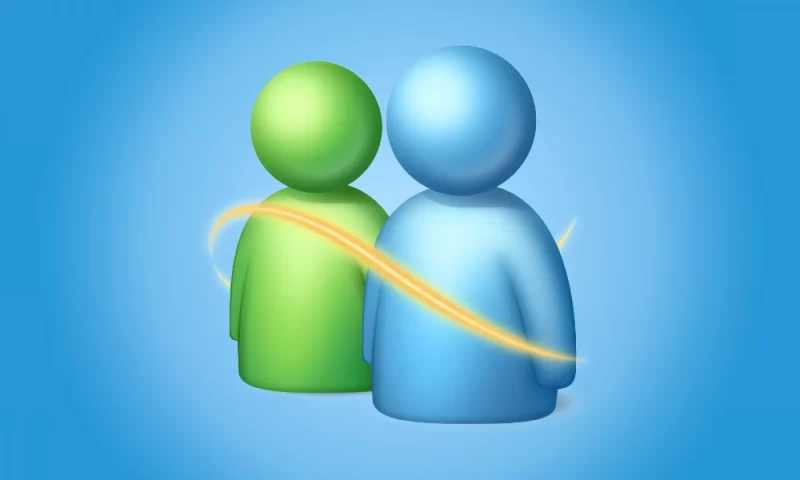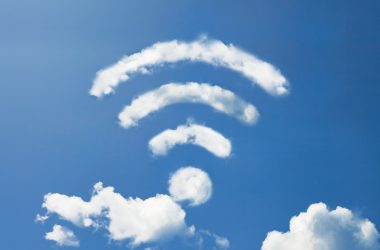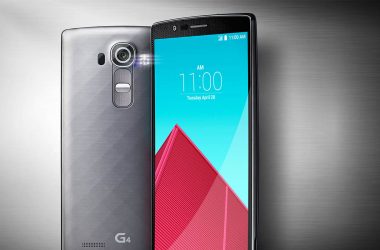MSN Messenger, also known as Windows Live Messenger, was a popular instant messaging service developed by Microsoft in 1999. It allowed users to communicate in real-time with others using text, audio, and video. MSN Messenger was widely used during the early 2000s, and at its peak, it had over 330 million active users.
However, as the years went on, MSN Messenger faced increasing competition from other messaging platforms such as AIM and Skype. In 2011, Microsoft announced that it would be integrating MSN Messenger with Skype, which it had acquired in 2005. This integration allowed users to communicate with Skype and MSN Messenger users through a single platform.
In 2013, Microsoft announced that it would be replacing MSN Messenger with Skype completely. After this announcement, users were given the option to switch to Skype or continue using MSN Messenger. However, in 2015, Microsoft officially retired MSN Messenger and encouraged all users to switch to Skype. As a result, MSN Messenger is no longer available as a standalone service.

Despite its demise, MSN Messenger remains an important part of internet history and is remembered fondly by many who used it during its heyday. It was one of the first widely-used messaging platforms and paved the way for the development of more advanced communication tools. At a time when the internet was still in its infancy, MSN Messenger provided a way for people to connect and communicate with each other in real-time, regardless of their location.
While MSN Messenger is no longer around, its legacy lives on in Skype and other messaging platforms that have taken its place. Today, messaging has become an integral part of how we communicate with each other, and it’s hard to imagine a world without it.
Here are 15 things that you could do with MSN Messenger:
- Send instant messages to friends and family.
- Have audio and video conversations with others.
- Share files, such as photos and documents, with others.
- Play games with friends.
- Use emoticons and other fun features to add personality to your messages.
- Create and join chat groups with multiple people.
- Customize your profile with a personal picture and information about yourself.
- View and update your contact list.
- Set your status to let others know if you’re available to chat or away from the computer.
- Use the “nudge” feature to get someone’s attention.
- Use the “wink” feature to send a fun, pre-made animation to someone.
- Set your own personal message to share with others when they view your profile.
- Use the “voice clip” feature to record and send audio messages.
- Use the “mobile device” feature to send and receive messages on your phone.
- Use the “away message” feature to set a message to automatically send to others when you’re not available to chat.
In conclusion, MSN Messenger was a popular instant messaging service developed by Microsoft in 1999. It allowed users to communicate with each other in real-time using text, audio, and video. MSN Messenger was widely used during the early 2000s, like with AIM messenger, and had over 330 million active users at its peak. However, as the years went on, it faced increasing competition from other messaging platforms and was eventually replaced by Skype in 2015. While MSN Messenger is no longer available as a standalone service, it remains an important part of internet history and is remembered fondly by many who used it during its heyday. It paved the way for the development of more advanced communication tools and helped to shape the way we communicate with each other today.









